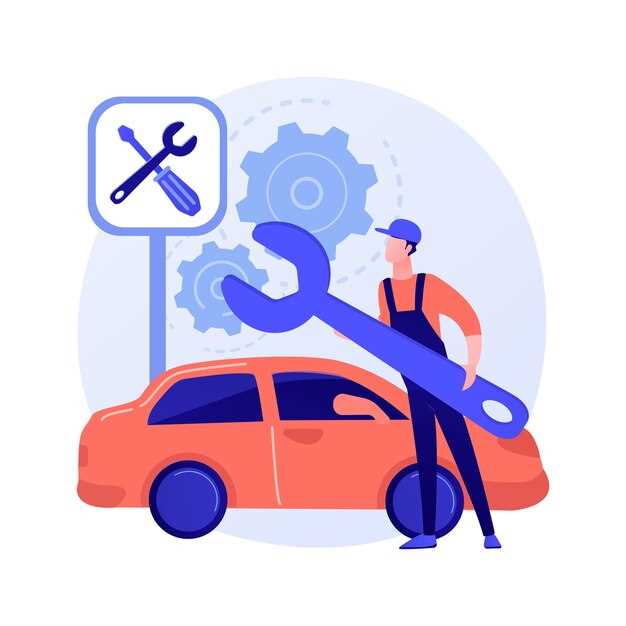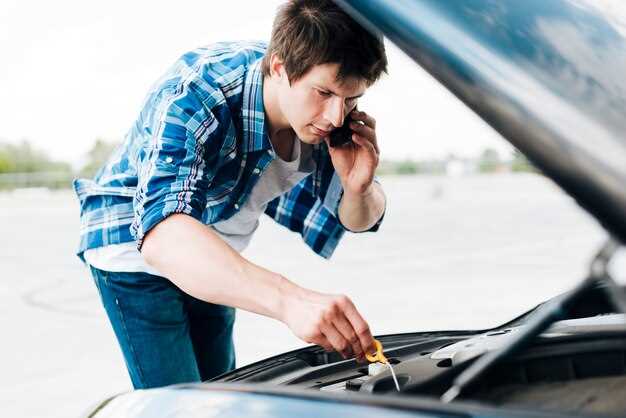
Every driver encounters issues with their vehicle at some point. Understanding common car problems can make a significant difference in safe driving and maintaining the overall health of your vehicle. Whether it’s a minor inconvenience or a major malfunction, knowing how to address these issues can save both time and money when it comes to repair.
From engine troubles to electrical failures, the variety of car issues is vast, and each requires specific attention and care. Identifying symptoms early on can prevent small problems from escalating into costly repairs. This article will outline the most frequent car issues faced by drivers, along with practical solutions to resolve them efficiently.
Equipping yourself with knowledge about these common problems is key to becoming a more confident and proactive driver. As we delve into the various challenges that can arise on the road, we will also provide essential tips on how to properly care for your vehicle, ensuring its reliability and longevity.
Battery Problems: Signs, Causes, and Quick Fixes

Identifying battery issues early can save drivers from unexpected breakdowns. Common signs that indicate battery problems include dimming headlights, difficulty starting the engine, and electronic accessories malfunctioning. If you notice these symptoms, it’s essential to investigate further.
The primary causes of battery failure often include age, corrosion on terminals, and extreme temperatures. Most car batteries have a lifespan of around three to five years. Corrosion can build up on the battery terminals, leading to poor connections, while extreme heat or cold can strain the battery’s performance.
For quick fixes, start by checking the battery connectors for corrosion. Cleaning the terminals with a mixture of baking soda and water can help improve conductivity. Ensure all connections are tight and secure. If the battery is old, consider testing its voltage with a multimeter. A reading below 12.4 volts indicates a need for replacement.
If the engine struggles to start, try jump-starting the car with jumper cables or a portable jump starter. If the vehicle starts, but the battery repeatedly fails, it may indicate underlying issues requiring professional attention. Regular maintenance and periodic checks can help prevent significant battery-related issues.
Tire Maintenance: How to Identify Wear and Proper Inflation
Tires are crucial components of your car that directly influence performance, safety, and fuel efficiency. Regular maintenance can prevent common issues and extend the lifespan of your tires. To ensure optimal performance, it is essential to identify wear and maintain proper inflation.
One of the first steps in tire maintenance is to check for wear. Inspect the tread depth using the penny test. Insert a coin into the tread; if you can see the top of Lincoln’s head, it’s time for a repair or replacement. Look for uneven wear patterns, which may indicate misalignment or improper inflation. Regular rotation every 5,000 to 7,500 miles can help promote even wear.
Another critical aspect of tire maintenance is proper inflation. Underinflated tires can lead to increased wear and reduced fuel efficiency, while over-inflated tires can compromise handling and stability. To maintain the correct pressure, use a reliable tire gauge and compare the reading to the manufacturer’s specifications, usually found on a sticker inside the driver’s door or in the owner’s manual. Adjust the pressure as needed before long trips or season changes.
Regularly monitoring your tires for wear and maintaining proper inflation not only enhances safety but also minimizes repair costs related to tire issues. Engaging in these simple maintenance practices can keep your car running smoothly and extend tire life significantly.
Engine Overheating: Immediate Actions and Preventive Measures

Engine overheating is a common car issue that can lead to severe damage if not addressed promptly. Recognizing the signs of overheating is crucial for drivers. The temperature gauge on the dashboard may indicate higher than normal levels, or the engine warning light could illuminate. When experiencing overheating, the first step is to pull over safely to prevent further damage.
Once parked, turn off the engine immediately. Open the hood to allow heat to dissipate; however, exercise caution as the engine components may be extremely hot. If safe to do so, check the coolant level in the reservoir. Low coolant could be the primary issue. If the coolant is low, adding a mixture of water and coolant can help–but ensure the engine is cool to prevent burns.
If adding coolant does not resolve the issue, it may be necessary to call for roadside assistance. Driving an overheating engine, even for a short distance, can result in catastrophic damage, including a blown head gasket. It’s advisable to have a professional inspect the vehicle for issues like a malfunctioning thermostat, a broken water pump, or a clogged radiator.
Preventive measures play a crucial role in avoiding overheating issues. Regular maintenance is essential; this includes checking coolant levels, inspecting hoses for leaks, and ensuring the radiator is free from debris. Additionally, it’s important to replace the coolant according to the manufacturer’s schedule, typically every two to three years, to maintain optimal performance.
Drivers should also be mindful of engine temperature while driving. During hot weather or heavy traffic, it’s wise to avoid heavy acceleration and monitor the temperature gauge closely. Using the air conditioning judiciously can help maintain engine temperature, but excessive use can strain the engine under certain conditions.
In conclusion, being prepared for engine overheating involves understanding immediate actions and implementing preventive measures. By keeping your car well-maintained and recognizing early warning signs, you can save yourself from costly repairs and enhance your driving experience.



